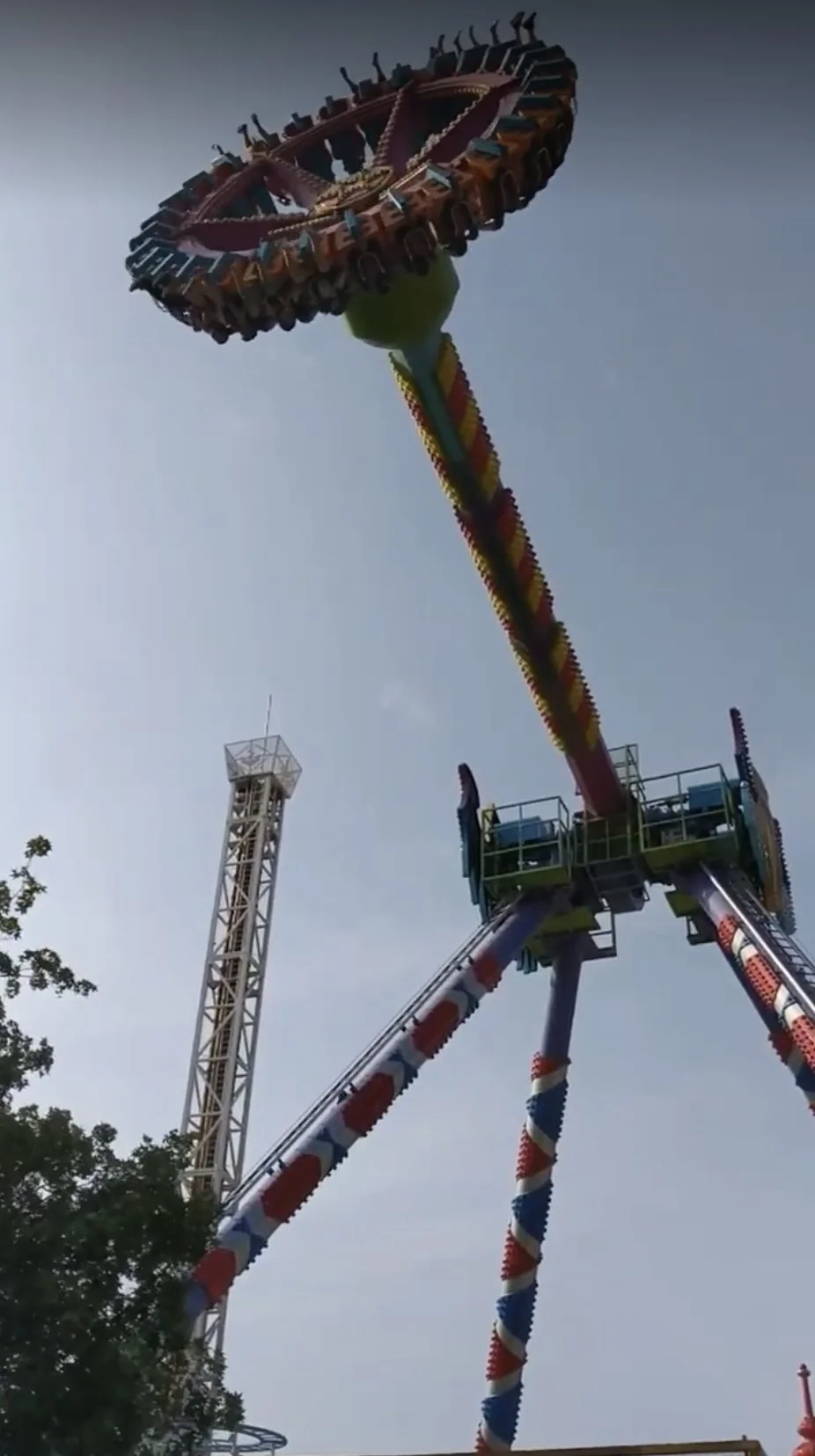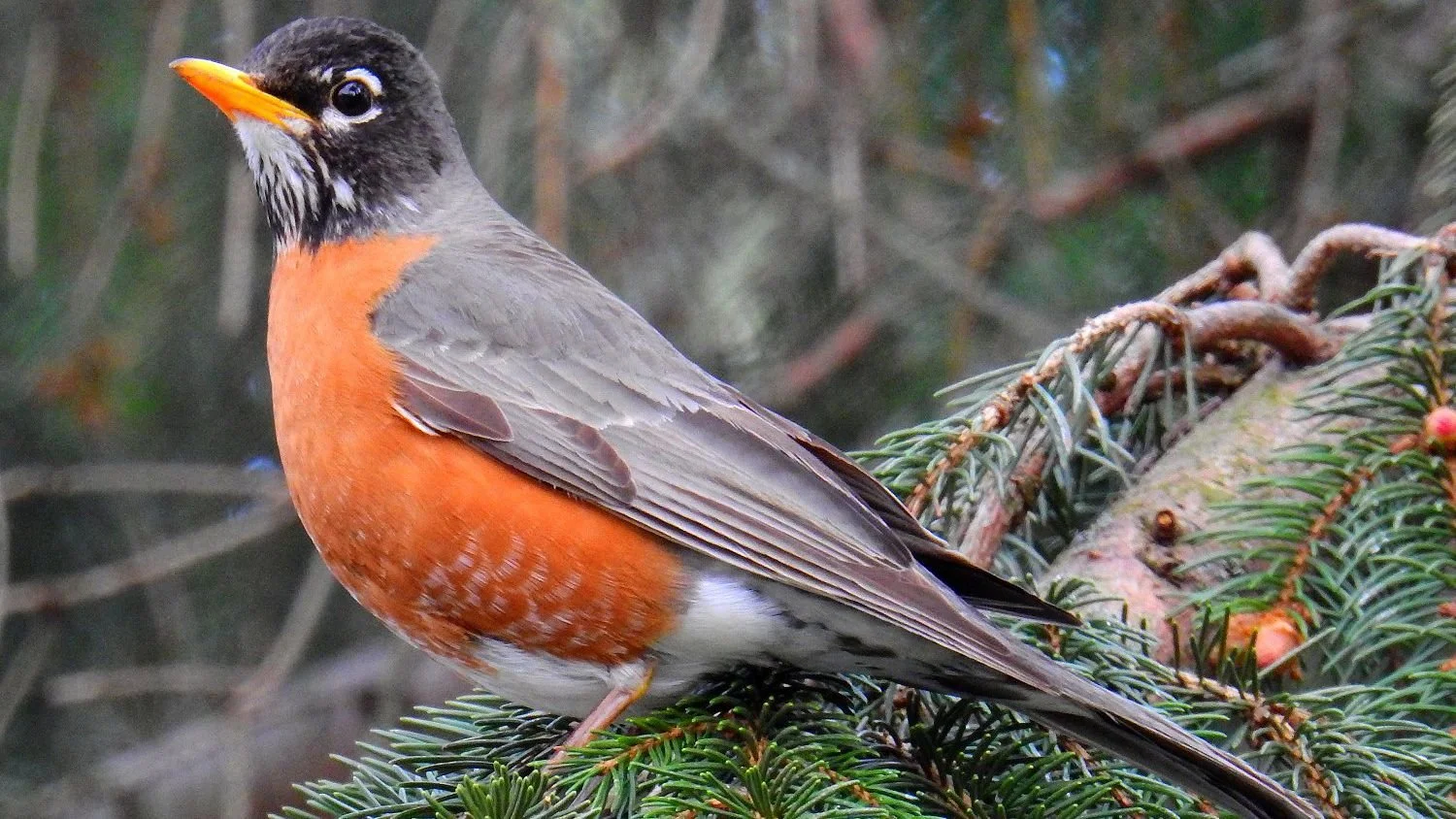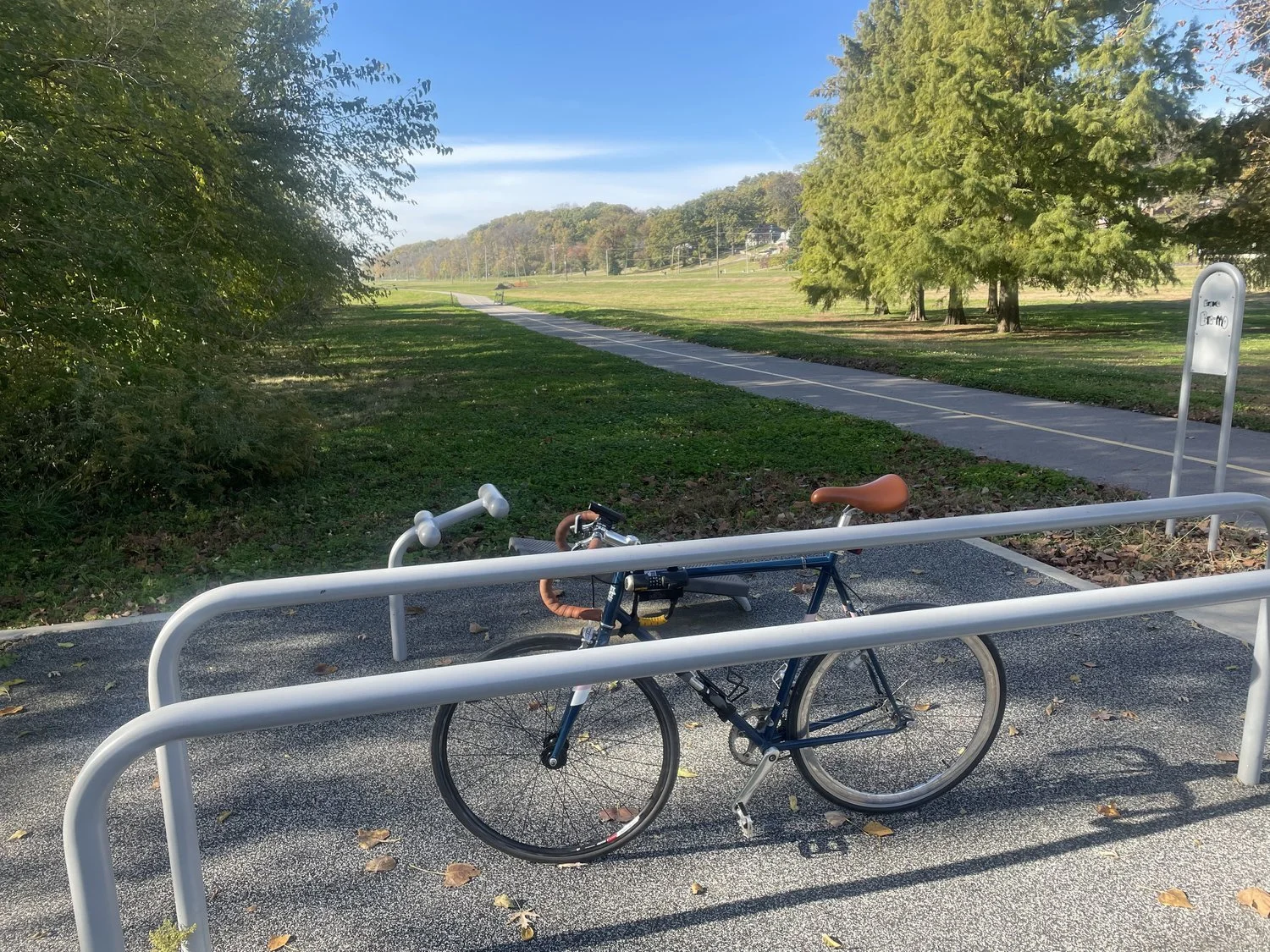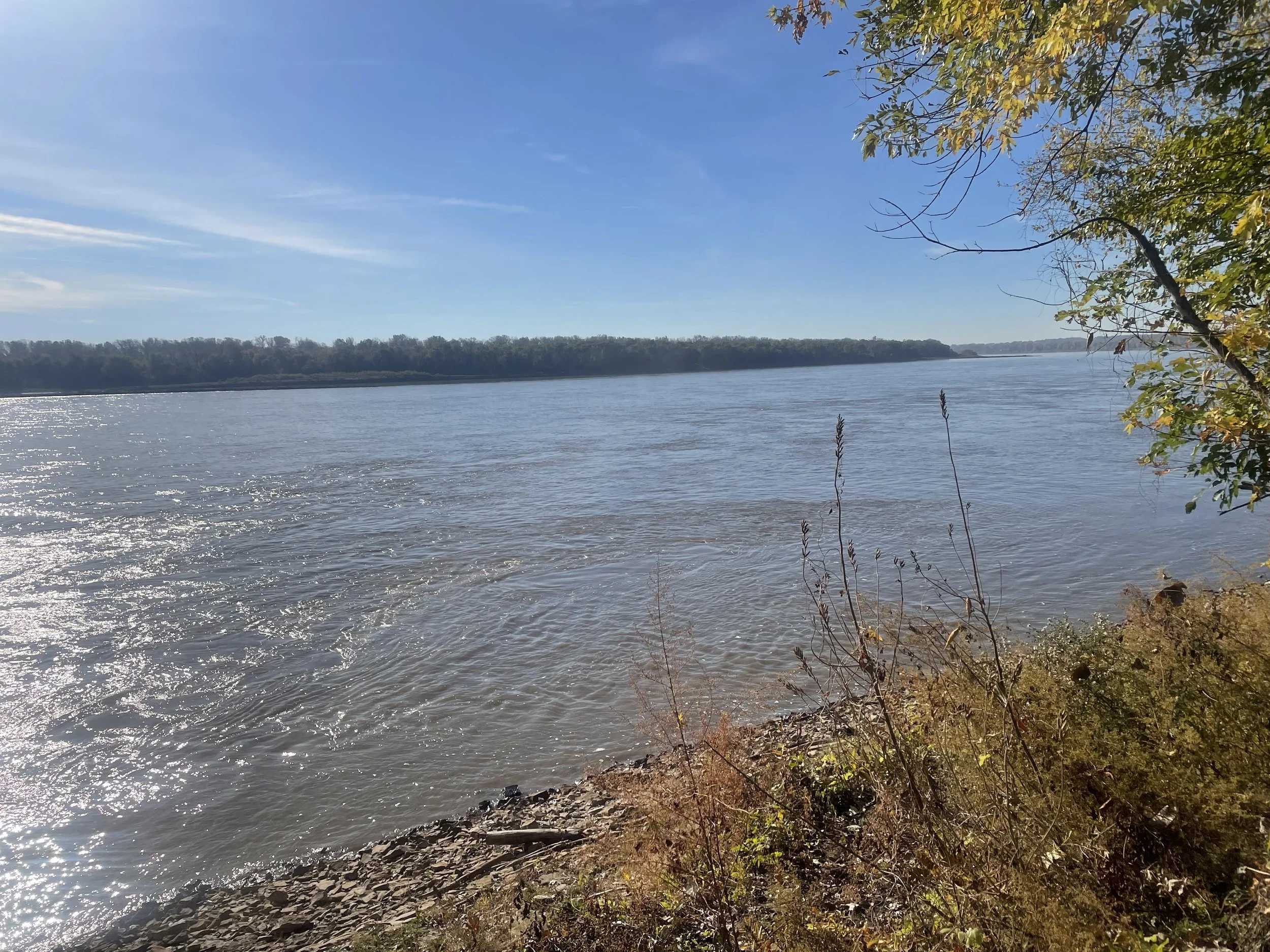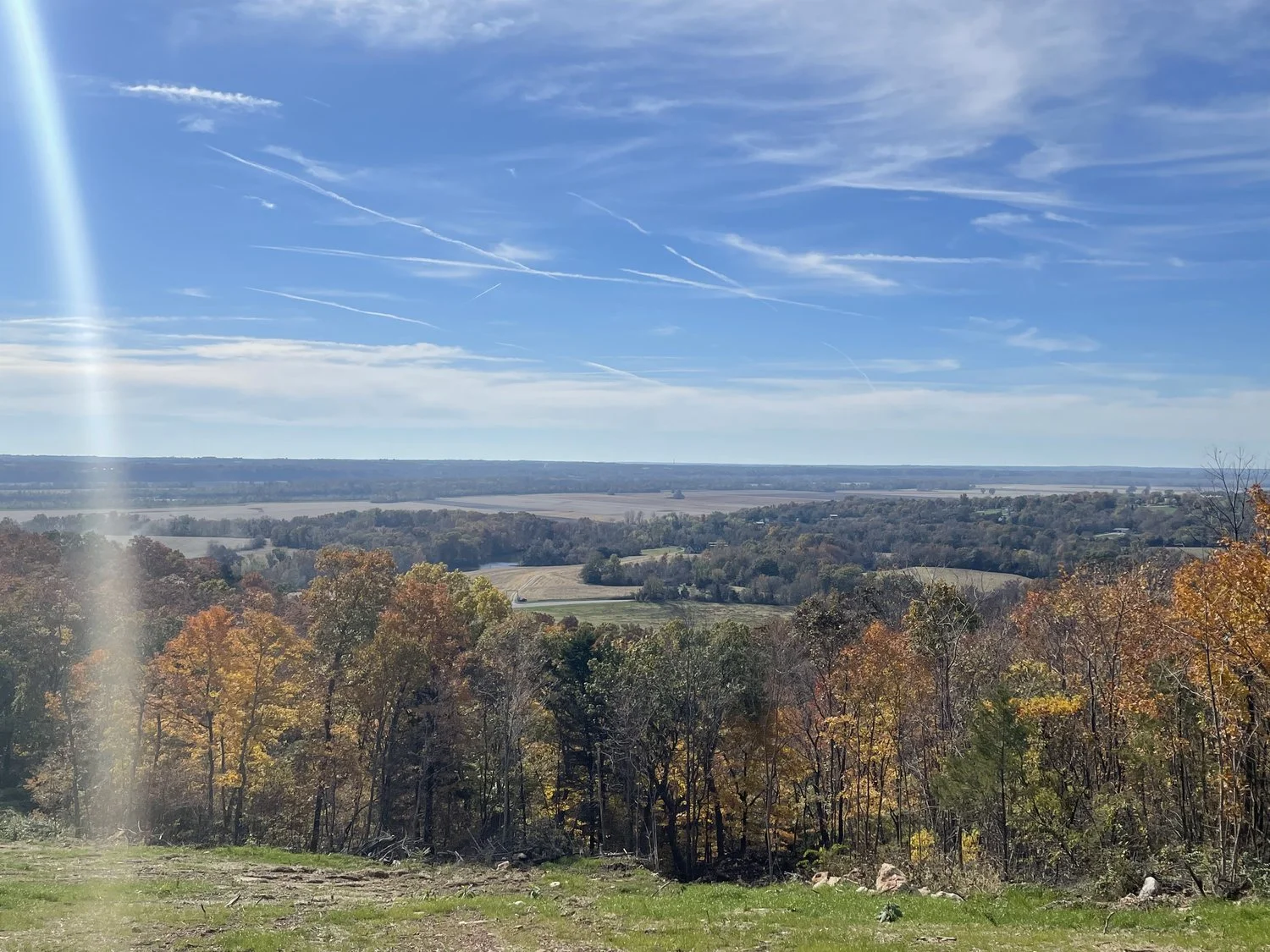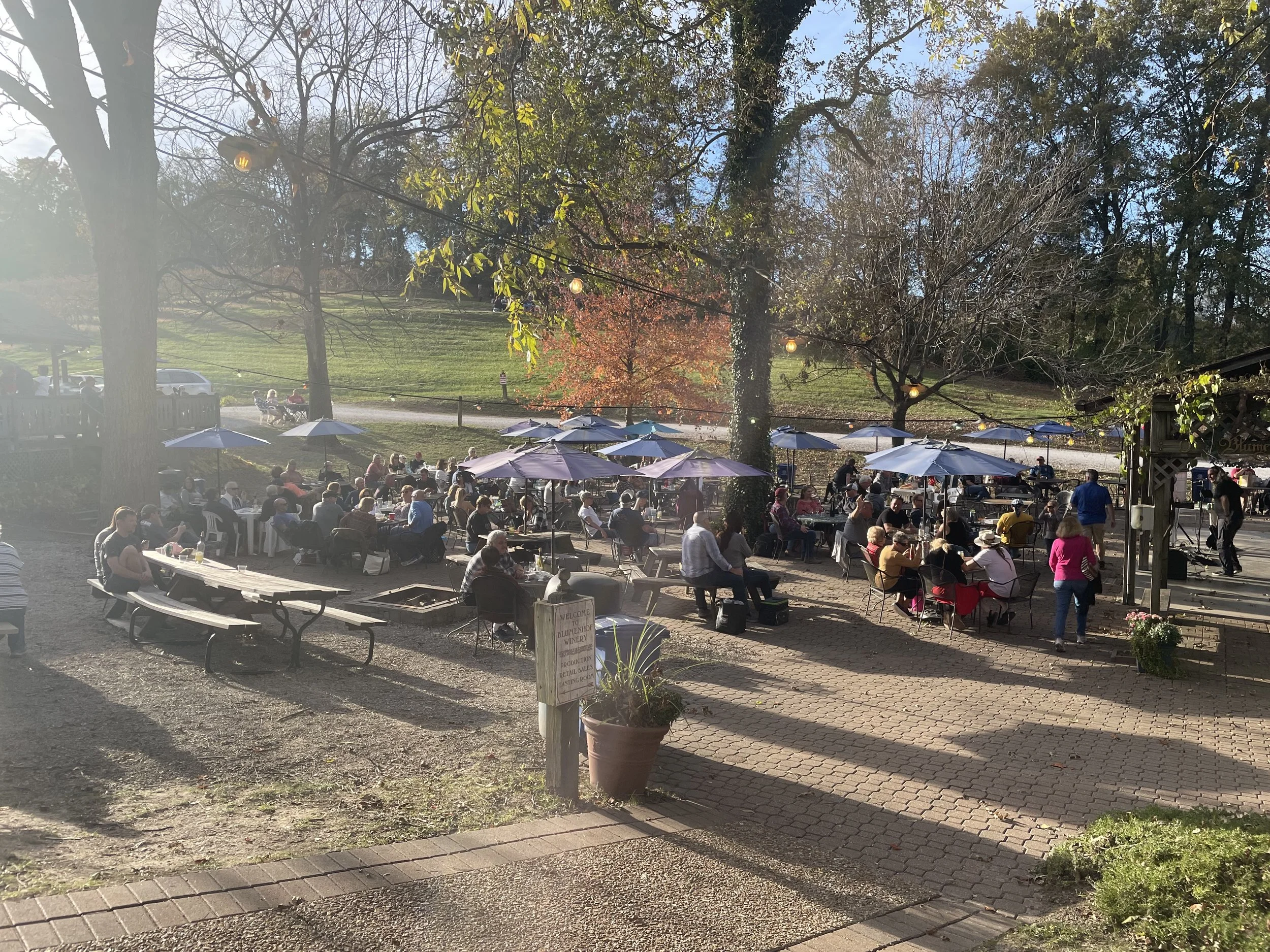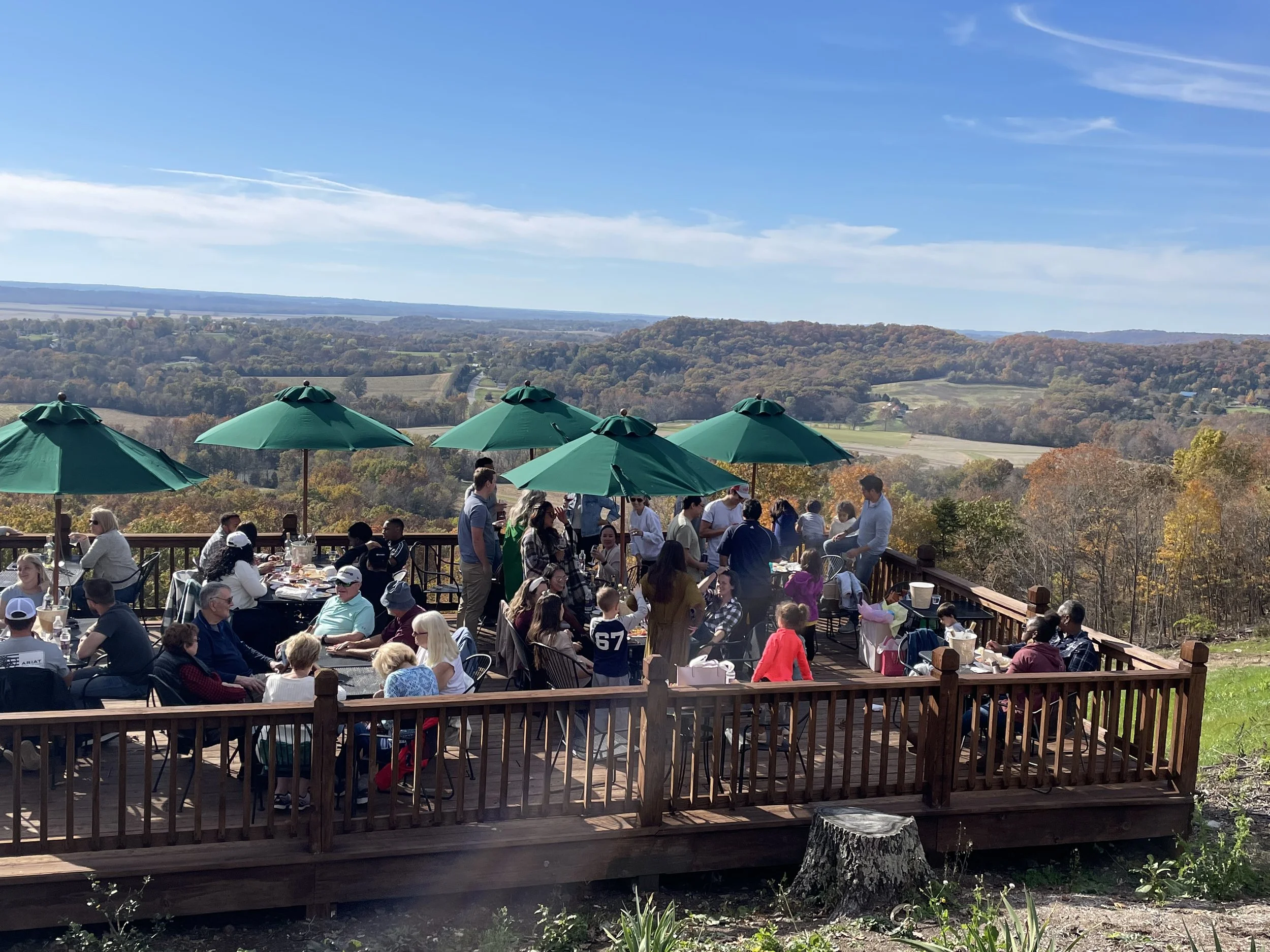On Plant-Based Eating
I have no doubt that plants have a capability of healing the spirit that borders on mystical.
Add a few plants to a living room and you’ll probably find your own blood pressure lowering. It could be their mere presence doing the healing. Numerous studies have documented this. Run in an area with trees and you’ll find what anxiety you have will slowly diminish as the minutes tick by. Hiking is often seen as a therapeutic exercise not because it involves a lot of walking, but because it involves a lot of nature.
To this date there has been nothing made by humans that matches the healing capabilities of plants.
I mention this because I’m writing about something that I’ve told almost no one: I’ve been focusing on a plant-based diet. I can’t help but wonder: if the presence of plants soothes the mind, does favoring plant consumption heal the body?
I mostly keep my dietary habits private because diets tend to emit strong emotional reactions from people. At some point in recent history, diet became an ideology. The idea of “arguing about diet” with other people does not appeal to me. I’d rather just share my thoughts and experiences.
I do think that there are numerous moral justifications for striving towards veganism. One of the top reasons for me personally is that the American diet tends to be heavy on animals that I consider to be both highly intelligent and woefully mistreated. Industry commits some pretty horrific acts on these animals.
Urban American dog parents, for example, find the idea of eating dogs to be diabolical if not purely savage, yet are frequently eager for their bacon and sausage. Why, other than cultural norms? There is nothing to classify a dog as morally superior to a pig. Both are intelligent and highly affectionate species of animals.
My switch this year was not a sudden shift in belief. I planned to switch to either vegetarianism or veganism a long time ago. When I turned 21, I promised myself that I would switch to a plant-based diet before age 40. This year I’m turning 38.
My initial desire to eat plant-based food was a mostly selfish one: the potential for longevity. I’m too aware of the rates of heart disease in America, and to put bluntly, I want to live. I aimed to switch before 40 because I figured the body would only become more susceptible to disease in middle age.
I never planned to switch to veganism for the sake of athletic performance, but I can safely write that so far, my results as they pertain to running are bettering my expectations. I’ve heard arguments both for and against veganism as it relates to athletic performance. To that I respond, athletic performance is pretty secondary to me at this stage of my life. I was already an athlete with a full collegiate career and retirement, so I’m not “chasing” marginal gains.
A vegan diet can be broad in food intake, and I should emphasize that I focus on plant-based whole foods. I’m not munching on “vegan cookies” all day. I am fully aware that being “vegan” does not necessarily make one “healthy.”
I find myself feeling better by the week. I’m convinced that I’m healing. My aches, pains, and stresses are minimal, and at the same time I’m running more miles per week than I ever have in my life. I’m recovering from intense exercise well and sleeping steadily better. By every metric I am more fit now than I was before I broke my collarbone (I started experimenting with vegetarianism a few months before my collarbone break, and have been attempting veganism through 2023). Obviously time will tell how this diet transfers to running and cycling events, but I don’t see a plant-based diet as a detriment to my exercise. So far, I’d say it’s boosting my performance.
Sustaining veganism practically requires the ability to cook ones own food, in my opinion. Don’t just quit eating meat and looking around for microwaveable meatless foods. It helps to have the ability (or learn the ability) to cook meals with all-natural, plant-based ingredients that you enjoy. Otherwise it can be an act of masochism.
I find that eating until I’m full is key, and that requires eating what can visibly appear to be larger portions (the food is less calorie dense). On a diet without meat, it can take a very, very full plate, or several plates, to fill the stomach. But enjoying what you eat is the only way to make it sustainable.
I’ve been mostly enjoying the recipes in Dan Buettner’s book, The Blue Zones Kitchen. My own dinner staples have been mostly from the book: herbal minestrone, tofu stir fry, and corn hash. I like to supplement those with buffalo cauliflower or air fried kale chips. I bring this up to emphasize again that a consistently hungry vegan will probably not be a vegan for long.
I observe that there are a lot of sick people in the US right now, which is one of the reasons I want to mention veganism’s potential. A lot of sickness can be remedied through food choice. That’s especially difficult when grocery stores are plagued with 90% processed crap and when fast food tends to be the most affordable option. Affordable veganism is possible and can be relatively easy to prepare. A primary problem, in my opinion, is that it’s not a common part of our culture; those who need it most are often unaware of its existence.
So if you’re reading this and had floated the idea of veganism before, I say give it a try.
